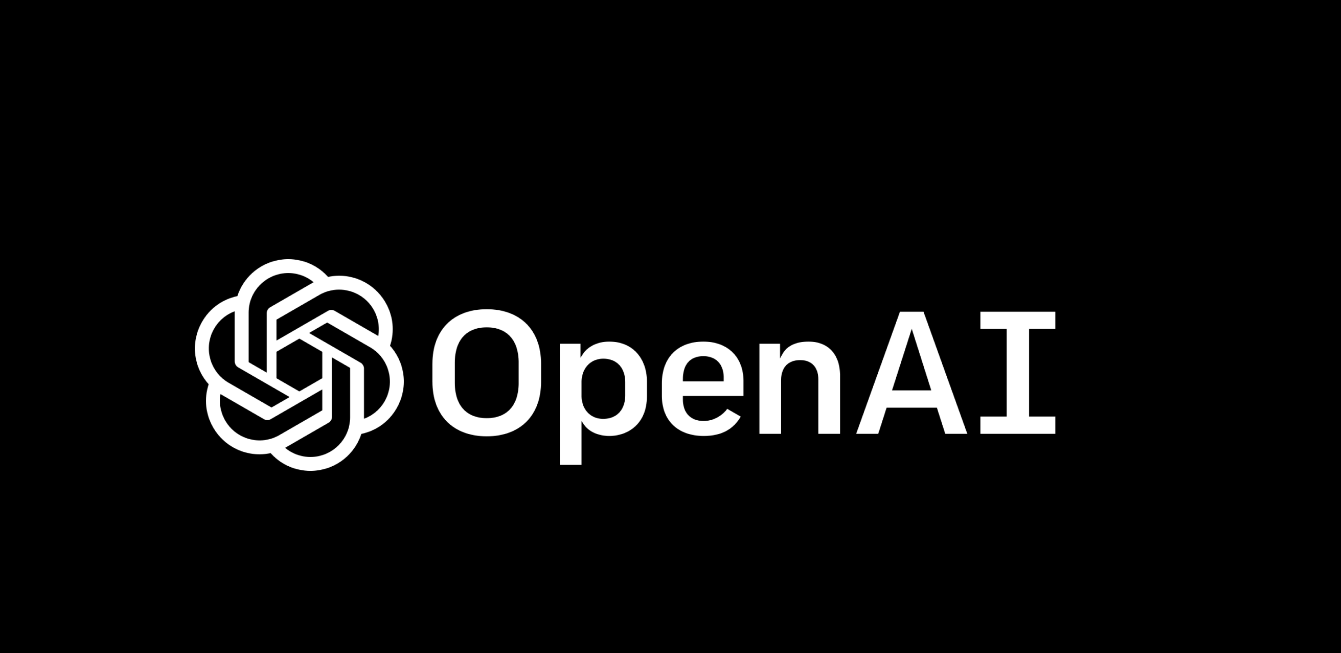Insider Brief
- In this article, AI Insider analysts introduce Layer 2 of the AI Stack, which focuses on transforming raw data into structured, machine-ready inputs essential for high-quality AI model performance.
- The Data Structure & Processing layer includes five critical components: cloud data storage, data integration pipelines, pre-processing tools, embedding infrastructure, and vector search systems.
- By improving data quality, Layer 2 directly affects model accuracy, operational cost, time to deployment, and compliance readiness across AI applications.
Before any model can learn, data must be cleaned, aligned, and semantically enriched. Whether you’re training a foundation model or deploying a lightweight inference agent, the quality of outcomes depends not just on the model — but on how well the data is structured beforehand.
In Layer 1, we explored the physical foundation of AI systems: the compute, power, and datacenter infrastructure that makes model training and inference possible. But even the most advanced hardware is useless without meaningful, machine-ready data.
Layer 2 picks up where Layer 1 leaves off — turning raw, unstructured inputs into usable fuel for AI.
The Data Structure & Processing market map identifies five critical subcategories — from cloud data lakes and pre-processing pipelines to vector search and embedding infrastructure. Together, they shape the quality, relevance, and accessibility of the data flowing into modern AI systems.
As AI investments shift from prototyping to production, the bottleneck has moved upstream. It’s no longer just about training bigger models — it’s about feeding them better data. Layer 2 is where that transformation begins. Organizations that master data structuring will deploy faster, scale smarter, and see better model ROI.
This article is part of our ongoing series unpacking the seven-layer AI Stack introduced in our foundational piece: Mapping the Full AI Stack: A New Blueprint for Navigating the Artificial Intelligence Industry
The Foundation of Modern AI
Modern AI doesn’t learn from raw data. It learns from structured, cleaned, and well-labeled datasets — and that transformation doesn’t happen on its own. Our Data Structure & Processing market map identifies five building blocks:
- Cloud & Logical Data Storage – Centralizes structured and unstructured data in scalable, accessible repositories abstracted from physical infrastructure.
- Data Integration Pipelines – Unifies fragmented data sources, formats, and schemas into coherent, AI-ready inputs.
- Pre-processing Tools – Cleans, filters, and formats raw data to ensure it’s usable, consistent, and relevant for machine learning.
- Embedding Infrastructure – Transforms processed data into dense vector representations that encode semantic meaning.
- Vector Search Systems – Enables real-time retrieval of relevant content using high-dimensional similarity search.
The market is split between cloud-native incumbents like AWS and Google Cloud and a new class of startups — including Reducto, Superlinked, Pinecone, and MindsDB — that offer specialized workflows for structured transformation and contextual retrieval.
Layer 2 deep dive: 5 building blocks
- Cloud & Logical Data Storage: The Starting Point
Once hardware is provisioned, AI workflows begin with data storage. Logical storage abstracts files from physical devices, allowing datasets to be versioned, reproduced, and shared across pipelines.
Vendors like AWS, Google Cloud, Azure and Snowflake lead in cloud object storage and structured data lakes. Others, like LanceDB, Weaviate, and ClickHouse, offer vector-friendly formats or high-speed ingestion tools. These systems form the first layer of reproducibility and enable teams to centralize access to structured and unstructured data.
- Data Integration: Making It Coherent
Raw data rarely arrives in perfect shape. It’s fragmented across formats, APIs, and sources. The data integration step brings it all together — unifying schemas, normalizing inputs, and transforming formats into something models can work with.
Informatica, Talend, Boomi, and SnapLogic offer robust integration pipelines. Airbyte and Matillion specialize in open-source and cloud-native ETL tools. Redis and MindsDB add data unification through in-memory and AI-native platforms. This is the glue that binds the stack — ensuring downstream applications don’t learn from garbage.
- Data Pre-processing: Filtering Out the Noise
Integrated data is rarely clean. Pre-processing systems filter out noise, tokenize content, enforce consistent formatting, and eliminate artifacts — ensuring the data is machine-consumable and aligned with model expectations.
Alteryx, Tecton, and Datavolo offer pipelines to remove redundancies and enforce consistency. Reducto focuses on data minimization for privacy-preserving workflows, while companies like Tensorlake and Unstructured streamline content extraction from PDFs, HTML, and other raw sources. This stage determines whether a model learns patterns — or noise.
- Embeddings: Adding Semantic Meaning
After pre-processing, the content is converted into high-dimensional vectors. These embeddings encode semantic meaning and serve as compressed, machine-readable representations — essential for search, reasoning, and retrieval.
Companies like Cohere, Superlinked, and BaseTen provide infrastructure for generating and storing embeddings. Others, like Voyage AI and Oxen.ai, optimize retrieval performance for specific domains like documents, code, or chat history. Redis appears again here, offering vector-compatible in-memory data stores. This step bridges pre-processing and inference.
- Vector Search: Fetching Relevance in Real Time
Finally, embeddings are indexed in vector databases, allowing AI systems to retrieve relevant content in real time. Whether enabling Retrieval-Augmented Generation (RAG) or powering contextual memory in agents, this layer is key to dynamic, intelligent interaction.
Milvus, Pinecone, and Weaviate are foundational platforms for high-performance vector databases. ActiveLoop, Vespa, Qdrant, and Marqo extend into specialized use cases, including image retrieval and agentic memory. This category is becoming one of the most competitive in the AI infrastructure space, especially with LLMs increasingly relying on retrieval during inference.
Selected Use Cases
- In financial services, one institution built an internal assistant that lets advisors query decades of proprietary research. Layer 2 systems power the workflow: documents are stored in cloud-native catalogs, cleaned using pre-processing tools, transformed into semantic embeddings, and indexed via vector search. This enables Retrieval-Augmented Generation (RAG), allowing users to retrieve meaningful insights through natural language queries.
- In e-commerce, a major marketplace replaced keyword-based product search with an AI-native semantic retrieval engine. Metadata, behavioral signals, and product descriptions are integrated and pre-processed, then embedded into high-dimensional vectors. Vector search infrastructure enables the platform to return results based on user intent — delivering personalized recommendations and improving discovery in real time.
- In the public sector, a government agency processes large volumes of regulatory documents, PDFs, and scanned reports to build a searchable intelligence layer. Using Layer 2 tools, data from varied sources is ingested, cleaned, parsed, embedded, and indexed — enabling downstream LLMs and agents to perform policy Q&A, compliance checks, and document summarization with full traceability.
Strategic Observations from the Market Map
For many organizations, Layer 2 is where AI success is quietly made — or lost. The way data is structured directly impacts key operational and financial levers across the AI value chain:
- Time to Market: Without streamlined ingestion, cleaning, and formatting pipelines, model development slows dramatically. Delays in preparing data lead to missed deployment windows and extended iteration cycles.
- Model Efficiency & Cost: Pre-processing, embedding, and vector retrieval optimize what data enters a model. That means fewer tokens, faster training, and reduced inference costs — especially critical in usage-based billing environments.
- Output Quality: Models trained or queried on noisy, redundant, or incomplete data perform worse — hallucinate more, misclassify more, and require more guardrails. Structuring improves signal-to-noise, enabling higher precision and fewer downstream fixes.
- Scalability & Reusability: Logical storage, standardized pipelines, and modular embedding infrastructure allow teams to reuse data assets across use cases — reducing redundancy and enabling parallel experimentation.
- Compliance & Risk: As regulations tighten, clean data lineage, minimization, and traceability are becoming core requirements. Layer 2 is where businesses implement these controls — before the data ever reaches a model.
Ultimately, this isn’t just a technical layer — it’s a strategic control point for organizations investing in production-grade AI.
Up Next: Model Development & Deployment
Next week, we’ll unpack the third layer in our AI Stack Market Map: Model Development & Deployment. This layer tracks the shift from foundational models to fine-tuning, and from dev environments to production-ready infrastructure. Expect coverage of frameworks, training orchestration, and developer tools — including the companies helping teams go from notebook to inference-ready API.
To access the full Data Structure & Processing Market Map, [click here].
To speak with an analyst or suggest a company for the next edition, contact us at [email protected].
Attachments
- Layer 2 - Market Map (638 kB)






